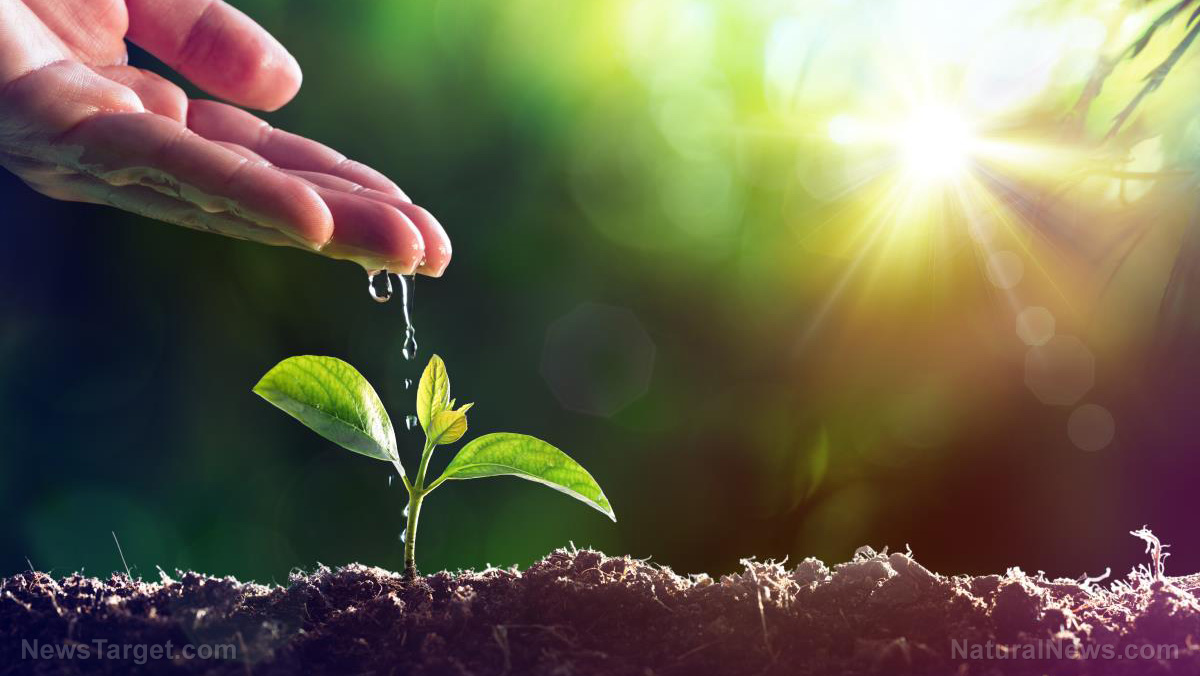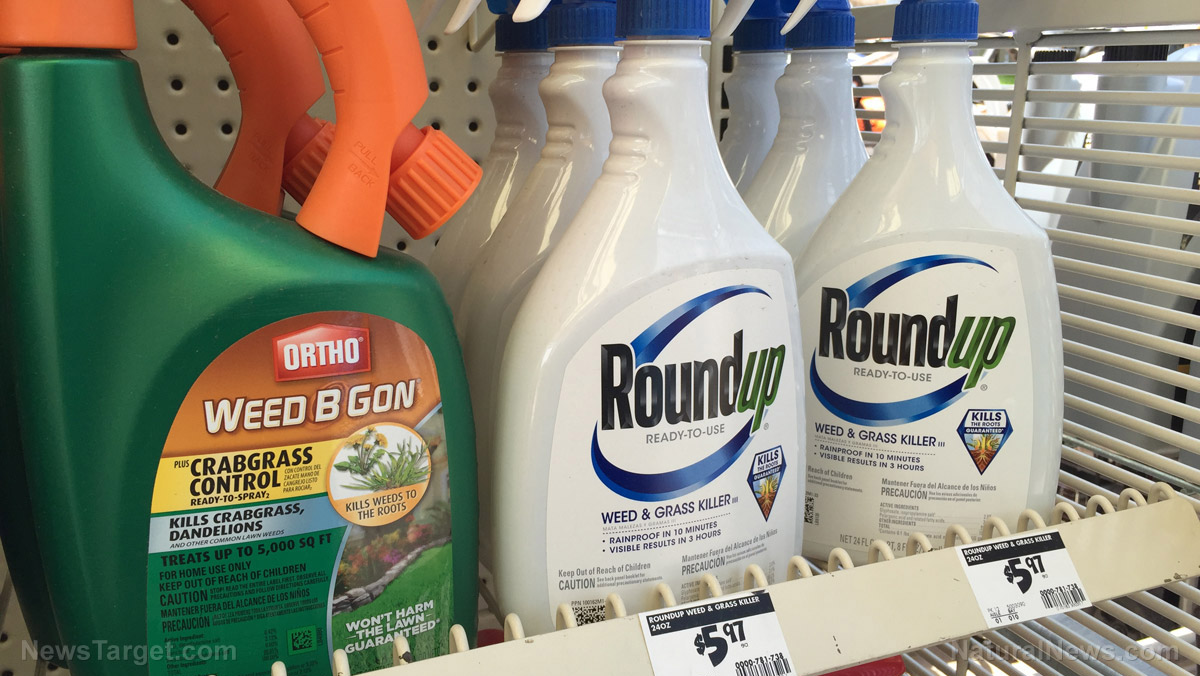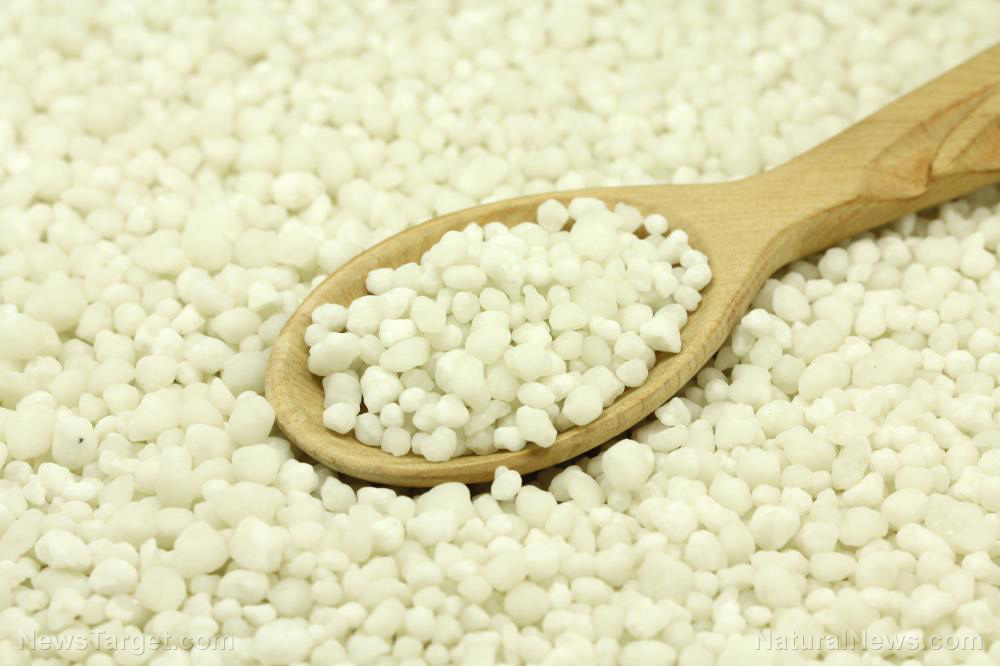
Michael Strano, the Carbon P. Dubbs professor of chemical engineering at MIT and the senior author of the study, says this new innovation can serve as an early warning distress call to farmers, making them less prone to withered crops.
“This appears to be the earliest indicator of drought that we have for agricultural applications. It's hard to get this information any other way. You can put sensors into the soil, or you can do satellite imaging and mapping, but you never really know what a particular plant is detecting as the water potential,” Strano says.
Strano believes that this new technology also paves the way to develop drought-resistant plants.
The new MIT sensor focuses on the plants' stomata, which are small pores in the surface of a leaf that make it possible for water evaporation to take place. As water evaporates from the leaf, water pressure in the plant falls, enabling it to further draw water up from the soil through a process called transpiration.
“People already knew that stomata respond to light, to carbon dioxide concentration, to drought, but now we have been able to monitor it continuously. Previous methods were unable to produce this kind of information,” Volodymyr Koman, an MIT postdoctorate and the lead author of the study, says.
The MIT engineers have used an ink made of carbon nanotubes – tiny hollow tubes of carbon that facilitate electrical flow – dispersed in an organic compound called sodium dodecyl sulfate, which does not damage the stomata. This ink can be printed across leaf pores to create an electronic circuit.
The current deployed by the electronic circuit can be measured by a device called a multimeter. When the pore opens, the current immediately stops flowing, enabling the researchers to gauge, very accurately, when a single pore is open or closed.
By observing this opening and closing activity, the MIT researchers found that they had clearer information and could decipher when a plant was experiencing drought in just two days. They discovered that stomata open within a timeframe of around seven minutes after exposure to sunlight, and around 53 minutes to close after exposure to darkness.
However, when plants are deprived of water, it took an average of 25 minutes for the stomata to open, while the amount of time it took for the stomata to close became 45 minutes. (Related: Plants grow and spread like neurons in the human brain, shocked scientists discover.)
“This work is exciting because it opens up the possibility of directly printing electronics onto plant life for long-term monitoring of plant physiological responses to environmental factors, such as drought,” University of Minnesota associate professor of mechanical engineering Michael McAlpine says.
“It could have big implications for farming, especially with climate change, where you will have water shortages and changes in environmental temperatures,” Koman adds.
The study, which was published on Wednesday, November 8 in the journal Lab on a Chip, was funded by Singapore's Agency for Science, Research, and Technology; the Swiss National Science Foundation; and the United States Department of Energy.
The actual experimentation
The researchers tested their invention on a plant called the peace lily, largely because it has a big stomata. The researchers created a printing mold with a microfluidic channel to apply ink to the leaves. When the mold is placed on a leaf, the ink that flowed through the channel gets enmeshed onto the leaf surface.
For more news on innovations and scientific wonders, visit FutureScienceNews.com today.
Sources include:
Please contact us for more information.























